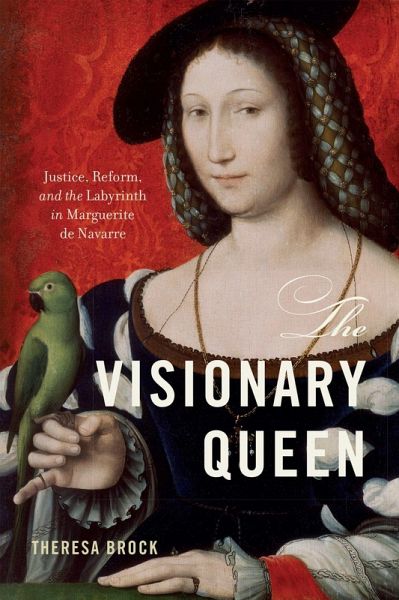
The Visionary Queen
Justice, Reform, and the Labyrinth in Marguerite de Navarre

PAYBACK Punkte
20 °P sammeln!
Affirms Marguerite de Navarreâ s status not only as a political figure, author, or proponent of non-schismatic reform, but also as a visionary. In her life and writings, the queen of Navarre dissected the injustices that her society and its institutions perpetuated against women.













